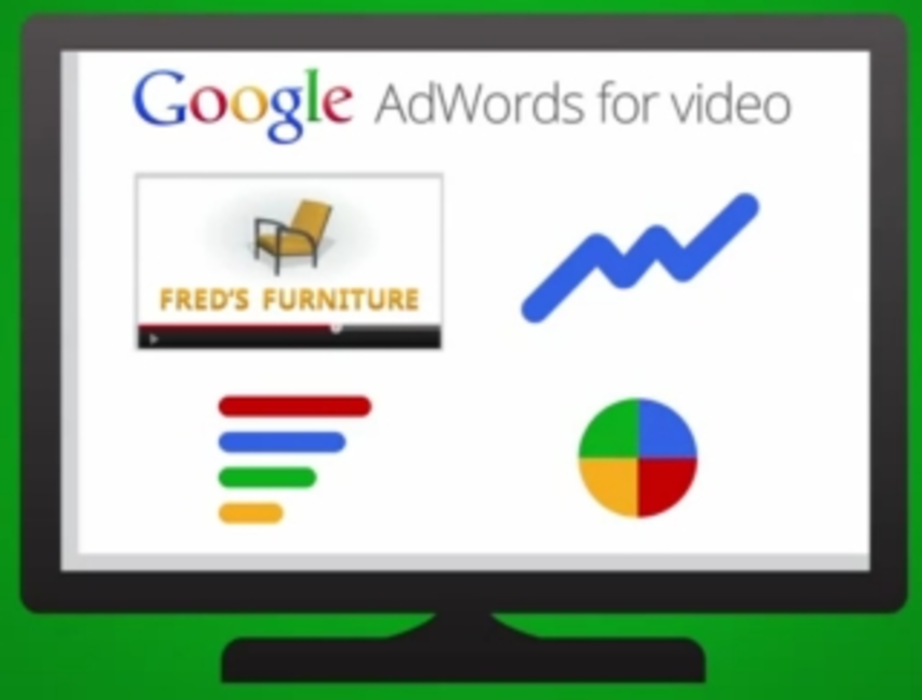Google subsidiary YouTube rolled out to the general public Google AdWords for video, a self-service and pay-per-view video ad platform, said Lane Shackleton, product manager at YouTube.
Google launched the beta version of AdWords for video Sept. 2011 with selected advertisers, including UndercoverTourist.com and Rokenbok Toy Company.
In addition to bringing on larger TV buyers, Shackleteon said Google AdWords for video will also enable small and medium sized businesses (SMBs) to promote content to a global audience similar to TV.
“We have advertisers who are creating better content and want them to get it in front of the right audience,” Shackleton said.
Google categorizes its four AdWords ad formats under the “TrueView” umbrella. These formats are: in-view, in-search, in-slate and in-display. TrueView ads are priced on a cost-per-view model, similarly to how search ads are priced on a cost-per-click basis. Ultimately, businesses only pay when a viewer chooses to watch the ad, Shackleton said.
In-stream ads play before, during or after YouTube partner videos. After five seconds, viewers can watch the entire ad or choose to skip it. In-search ads are placed alongside Promoted Video search results and suggestions. In-slate ads play before YouTube partner videos longer than 10 minutes and viewers can choose one of three ads to view or watch regular commercial breaks during the video. Lastly, in-display ads are promoted through the Google Display Network, which has tens of thousands of websites that reach 98% of online users, according to Google’s website.
Shackleton said advertisers are only charged when users watch at least 30 seconds of TrueView in-stream ads or the end of the video ad—whichever comes first. In the other three formats video ads do not have to be viewed in their entirety to be charged, as viewers choose which ads to view and advertisers pay on a per-click basis.
Advertisers can also measure the effectiveness of campaigns by seeing how many viewers watched the entire video, visited the company’s website, watched more brand videos and subscribed to a brand’s YouTube channel after viewing a video ad.
“We have had significant traffic increase and the quality of traffic is good, because the number of people entering our shopping cart has increased and the conversion has maintained itself—which means we have quality people walking through the door of our shop because they are actually buying at the rate of our buying customers,” said Ian Ford, CEO of UndercoverTourist.com, which supplies discount tickets to theme parks.
UndercoverTourist.com has been using Google AdWords for video for about two weeks.
Earlier in April, Google enhanced AdWords by introducing more precision via advanced targeting by zip code, enabling the creation of a single ad for multiple locations and improving the Advanced Location Targeting feature. It also revamped its audience measuring analytics.
To promote the new model, YouTube is also giving away $50 million in free Google AdWords video advertising to 500,000 businesses in the form of $75 vouchers for new AdWord users.








